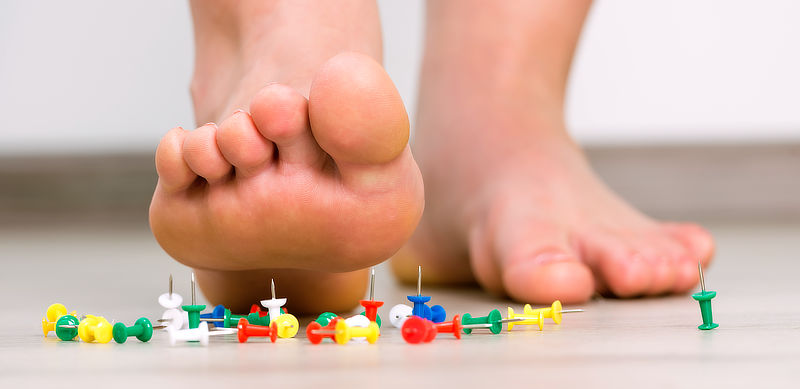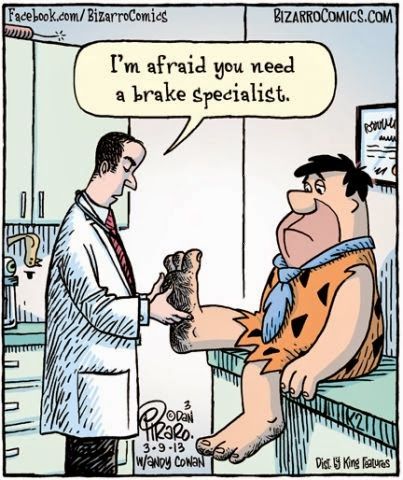
If you’re arrived at this article, there’s every chance you’ve been to see your GP because of pain in your feet, or more specifically pain in your heel or heels. You may have been diagnosed with a common and painful condition called plantar fasciitis.
So, let’s start with some basic definitions like what it is and how to pronounce it. The plantar fasciitis (phonetically pronounced – with emphasis on the bold text as plan-ter fash-ee-eye-tus) is the most common cause of heel pain in both men and women.
The condition is named from the plantar fascia which is a ligament flat on the base of the foot that connects the ball of the foot and the toes to your heel bone. You can think of it as a band of tissue that holds the bones of your foot together, expanding and contracting when working properly to allow the foot to flex, thus supporting walking and movement.
When we experience pain in our feet, and especially in the heel, it is often due to a strain of the plantar fascia. That strain manifests as pain, maybe at the front or centre of the heel bone, or it may be across the whole base of your foot. The connective tissue that is the plantar fascia has very little stretch and therefore can become inflamed, swollen and thus weakened. This pain can be experienced as an uncomfortable ache or a crippling pain, depending on the severity of the swelling of the plantar fascia, hence the term plantar fasciitis.
The condition is often felt most acutely first thing in the morning on waking when we try to take our first steps or after walking or light exercise. The heel pain may be more extremely if walking or running. The condition will be aggravated for those who have to spend all day on their feet at work or who are used to taking exercise or doing sport that involves running or jumping.
If the heel pain you’re experiencing is severe enough, your GP, who will probably have examined your foot to look out for any bruising and redness, may also send you for an X-ray or even an MRI scan. The reason for this is to rule out any other causes of pain such as a broken bone or a trapped nerve. Your doctor may also look at whether you are flat footed and what sort of support you have within the structure of your shoes. He or she may ask you if you often wear flat shoes or go barefoot. All of these aspects may contribute or point towards a diagnosis of plantar fasciitis.
Based on your answers to the above questions, diagnosis is often made without the need for further investigation, especially if you are able to recognise the following key symptoms yourself:
- Waking up with pain on taking your first step in the morning
- Feeling of an ache or bruising in the foot
- Increased pain after walking or exercise
- Radiated pain into the ankle
- Easing of pain after rest or gentle stretching
Next week: What your GP should offer you but doesn’t have the time!
Sign up using the form below to never miss a weekly article.
